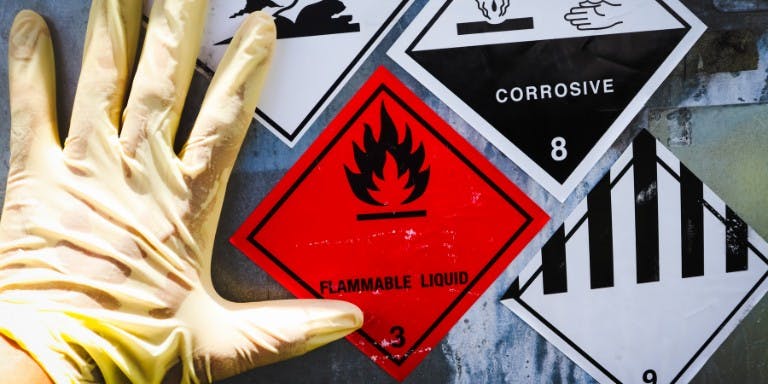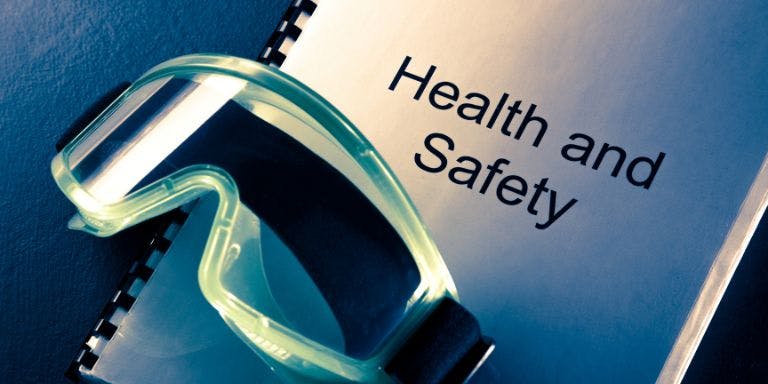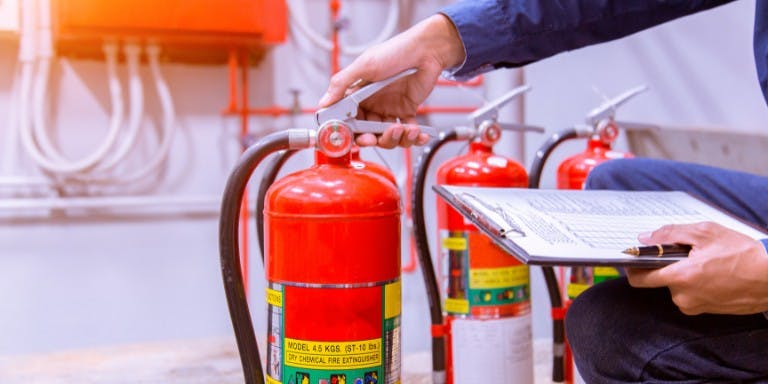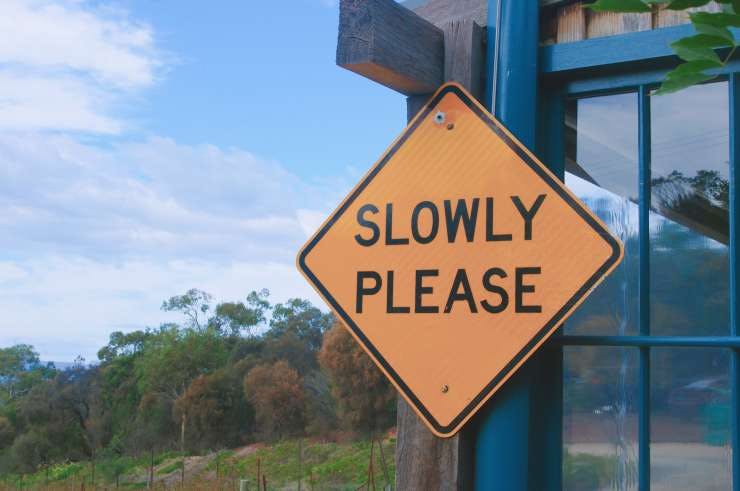First published on Thursday, June 4, 2020
Last updated on Thursday, March 13, 2025
Jump to section
There are types of hazards in every workplace. As an employer, you have a legal duty to identify and address such hazards for the protection of your workforce. However, the nature of hazards will vary depending on the workplace and they might not be obvious.
That’s why we’ve created this guide, highlighting the different types of hazards and where you can expect to find them.
Read on as we outline your legal responsibilities, covering the potential consequences of non-compliance, and sharing guidance on how to manage workplace hazards through risk assessments and proper controls—like utilising health and safety software for hazard identification and mitigation.
What is a hazard at work?
The hazard definition in safety terms applies to any object, material, situation, or workplace activity that poses a potential danger to people or the environment. Also referred to as occupational hazards, they are a major cause of fatal and non-fatal injuries each year.
As mentioned, it’s your responsibility to identify, assess, remove, or control such hazards to the greatest possible extent under UK law.
It’s also important to be aware of the difference between hazards and risks. A hazard refers to a particular source of harm, damage, illness or other adverse effect within the workplace. However, the risk relates to the probability that an individual or group will encounter and be adversely affected by the hazard. Besides the nature of the hazard, this will also depend on such factors as personal vulnerability and the effectiveness of control measures.

What are the types of hazards in the workplace?
It’s worth bearing in mind that the types of hazards will be particular to the workplace. You can increase employee awareness and gain a better understanding of suitable safety procedures by categorising the examples of workplace hazards, as follows:
Physical Hazards
Physical hazards are elements of the environment that can cause harm, even without direct physical contact. Common within extreme working environments, physical hazards include moving machinery parts, excessive noise, and radiation.
There are also a variety of manual handling and ergonomic hazards, particularly across construction and manufacturing spaces.
Chemical Hazards
Taking solid, liquid, and gas forms, chemical hazards pose a risk to all workers involved in their preparation. While some chemicals are safer than others, exposure can have adverse effects such as illness, skin irritation, and breathing obstruction.
Such hazards are common in manufacturing, construction, cleaning, and healthcare.
Biological Hazards
Often found in healthcare, laboratories, and agricultural environments, biological hazards arise from living organisms or their by products. Bacteria, toxins, parasites and other biological hazards can be spread by water and wind, with a potentially severe effect on the health and well-being of those who come into contact.
Poisonous plants, insects and animals are other sources, with dangerous substances being passed on through bites and stings.
Psychosocial Hazards
Psychosocial, or psychological hazards, are associated with working activities that can harm mental health. For instance, staff members can experience increased stress and emotional strain as a result of bullying, fatigue, workplace changes, or customer aggression.
Workers in high-pressure public-facing roles face a particular risk, with negative impacts on job satisfaction and performance.

Health and safety laws for workplace hazards
All UK employers have a legal duty for the protection of staff, customers and anybody else associated with their companies. You can go some way to fulfilling this duty by keeping an eye out for hazards that could cause injury or illness.
The Management of Health and Safety at Work Regulations 1999 set out the need to identify, evaluate, and eliminate or control such hazards as the minimum.
Failure to meet these obligations can have serious consequences. According to Health and Safety Executive (HSE) statistics, 561,000 workers suffered non-fatal injuries at work from 2022 to 2023, and 138 workers died from 2023 to 2024. Employers who ignore health and safety regulations face legal action, which can lead to improvement or prohibition notices, prosecution, and compensation payouts.
The failure to address hazards and risks could also result in:
Significant fines and penalties
Disruption of your business
Damage to your reputation
Lower employee morale and satisfaction
How to manage hazards in your workplace
Given the potential dangers, you must have a workplace health and safety management system for the identification of hazards. Key elements will include a clear health and safety policy, plans for risk control, and a regular programme of inspections and audits to ensure the effectiveness of your system.
You should try to maximise employee involvement in the implementation of your health and safety system. This should begin with the identification of hazards through the review of past incident records, workplace inspections, incident investigations and other suitable means. Risk assessments should then be carried out to establish the potential for harm associated with each identified hazard.
You’ll ideally be able to eliminate the hazards. If this isn’t possible then you should apply the hierarchy of risk controls, as follows (in order of preference):
Substituting the hazard with one that poses less danger (e.g. swapping solvent-based printing inks with plant-based alternatives)
Isolating people from the hazard (e.g. installing protective barriers to prevent access to a dangerous environment)
Making work modifications for reduced risk (e.g. providing relevant safety training and ensuring that workers take more regular breaks for increased focus)
Supplying and ensuring the use of personal protective equipment (e.g. providing helmets, goggles, and gloves for protection).

Identify hazards in the workplace with BrightSafe
With this article having reinforced the importance of hazard identification and management, you should now be prepared to implement a health and safety system. Designed for the protection of your staff and business, BrightSafe should be your first choice.
See how you could minimise hazards and risks with our end-to-end system:
Easily identify and safeguard your business against 600+ health and safety risks
Prevent hazard exposure and accidents with real-time reporting
Stay compliant with an accurate digital audit trail
Give your staff the benefit of RoSpa assured and CPD-accredited health & safety training
With 24/7 access to qualified health & safety consultants, plus a comprehensive library of risk assessments, templates, posters, and factsheets, this is the solution that your business needs. Go ahead and book your free BrightSafe demo today!
Have a question?
Ask away, we’ve got lightning fast answers for UK business owners and employers powered by qualified experts.











